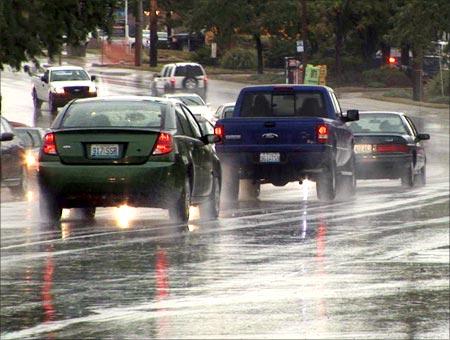
Last time, we looked at some handy tips to keep your car in top shape for the monsoons. This week, here's the lowdown on how to drive better and safer in the rains.
1. Keep safe distance
Braking distances increase significantly on a wet road. To account for this change in driving conditions, ensure that you keep a safe distance from the car ahead of you. In heavy traffic conditions, you will rarely go above 20-25 km/hr - in spite of that, do keep a larger gap between the car ahead of you and yourself, than you would have in the dry. On the highways, be especially careful - follow at least the 3-second rule (3-second gap between the car ahead of you and yourself), and increase it according to road and visibility conditions.
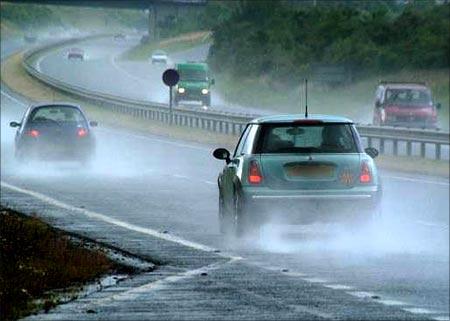
In the wet, it is very important to be smooth with the car's controls.
Don't accelerate or brake suddenly.
Don't offer any abrupt steering inputs.
Ensure that you make a conscious effort to accelerate smoothly and gradually, begin braking early and anticipate turns/moves in advance.
Sudden inputs can cause your car to lose traction in tricky conditions, and spin -- a situation that is dangerous to you as well as other road users.
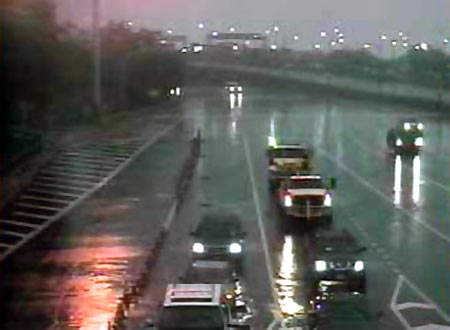
You have already ensured that all your lights are working perfectly fine. This is the time to light up and make yourself visible on the road.
If visibility starts to reduce rapidly, switch on your headlights.
In addition to improving visibility for you, the headlights will ensure that oncoming traffic sees you well in advance.
Drive on low beam as high beam will only reflect back and make life more difficult for you (especially in case of foggy conditions).
In case traffic on the highway is moving slowly due to heavy rains, switch on your hazard lights to warn cars following you.
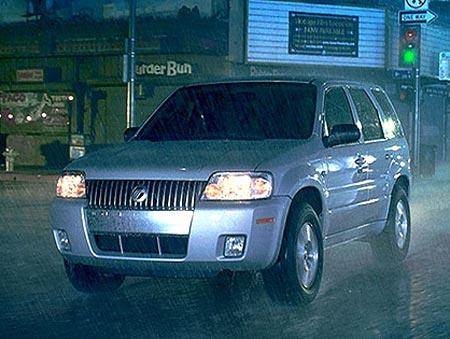
If it begins to rain very heavily while you are on the road, turn on all your lights, switch on the hazard lamps and park by the side of the road. Wait till the rain subsides, and visibility improves before you get going again.
If it's raining harder than your wipers can manage to clear out, you won't be able to see much through the windscreen -- an easy enough way to know that you must stop.
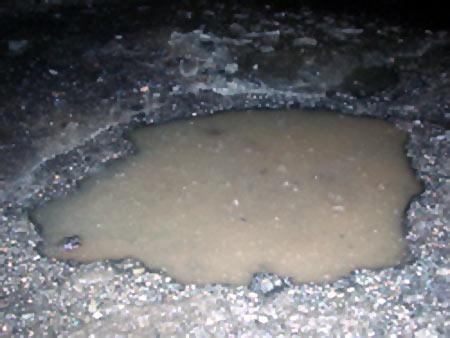
Avoid puddles and parts of the road where there is accumulated water. You never know what lies beneath.
It could be an open manhole, or a killer pothole -- both of which will cause your car to take a pretty big hit.
Ever so often, especially in our cities, you will come across a situation where it is absolutely not possible to avoid driving through standing/flowing water. In that case, let someone else go before you, and carefully follow in their tracks.
Be sure to keep the engine revved in case the water level is higher than your car's exhaust pipe.
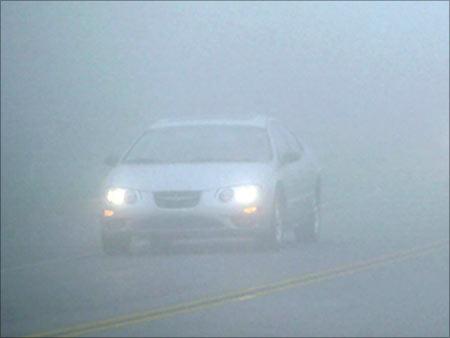
Fog on the inside can be a terrible pain to counter.
If your car has an AC, change the temperature setting to 'warm', direct the airflow towards the windscreen and change the ventilation setting to allow fresh air into the car. If your car has a defogger, switch it on -- a defogger passes current through thin strips installed on the glass and defogs it.
If your car does not have an AC, open the windows very slightly, and keep a soft cloth handy to keep cleaning the windscreen. Be careful though, as you don't want anything distracting your driving.
Driving on a wet road demands concentration in huge amounts. It is demanding, and can get tiring pretty quickly. Follow these simple tips, and make your drive enjoyable and safe.